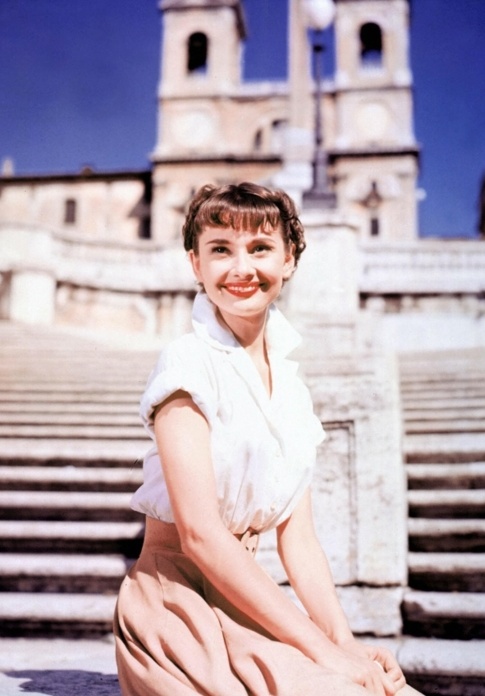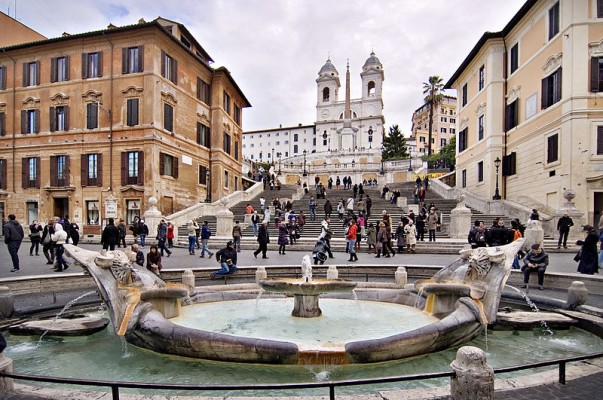 Close Range: Wyoming Stories. (Scribner, 1999). Hardcover of the first edition. It is the second story collection by the author of The Shipping News. Includes watercolors by William Matthews and it’s signed by both Proulx and Matthews on the title page.
Close Range: Wyoming Stories. (Scribner, 1999). Hardcover of the first edition. It is the second story collection by the author of The Shipping News. Includes watercolors by William Matthews and it’s signed by both Proulx and Matthews on the title page.
Brokeback Mountain is a short story by American author Annie Proulx. It was originally published in The New Yorker on October 13, 1997, and was subsequently published in a slightly expanded version in Proulx’s 1999 collection of short stories, Close Range: Wyoming Stories. The story won an O. Henry Award prize (third place) in 1998. The New Yorker won the National Magazine Award for Fiction for its publication of Brokeback Mountain in 1998. The collection was named a finalist for the 2000 Pulitzer Prize in Fiction.
Screenwriters Larry McMurtry and Diana Ossana adapted the story for the film of the same name, released in 2005. At that time, the short story and the screenplay were published together, along with essays by Proulx and the screenwriters, in Brokeback Mountain: Story to Screenplay. The story was also published separately in book form.
 Still from Brokeback Mountain (Ang Lee, 2005)
Still from Brokeback Mountain (Ang Lee, 2005)
Two young men who meet in Wyoming in 1963 forge a sudden emotional and sexual attachment, but soon part ways. As their separate lives play out with marriages, children and jobs, they reunite for brief liaisons on camping trips in remote settings over the course of the next 20 years.
Brokeback Mountain is a story told by an omniscient narrator. The narrative is realistic in tone and employs description, metaphor and dialogue to examine the actions, thoughts, emotions, and motivations of its main characters.
The narrative is mostly linear; the story describes events in sequence from a beginning point in time, the year 1963 when the characters are introduced, to the end of the story some 20 years later. Other than the title location, the settings are actual locations in the United States, and the characters are described as real people living in a specific milieu. The story adheres to conventions of modern dramatic fiction; its literary devices serve to present a portrait of recognizable people in familiar situations, without supernatural or metaphysical allusions (while other of the Wyoming Stories do include passages of magical realism).
The story is an episodic examination of conflicts arising from the characters’ interaction with each other and other people in their lives. The story condenses passing years and significant events into brief passages, and employs dialogue to reveal character and conflict:
They never talked about the sex, let it happen, at first only in the tent at night, then in the full daylight with the hot sun striking down, and at evening in the fire glow, quick, rough, laughing and snorting, no lack of noises, but saying not a goddamn word except once Ennis said, “I’m not no queer,” and Jack jumped in with “Me neither. A one shot thing. Nobody’s business but ours.”
According to Proulx, her inspiration for the characters did not come from real life, though she mentioned one incident in which she noticed a middle-aged man in a bar, who appeared to be watching only the men playing pool, which led her to consider the life of a typical western ranch hand who might be gay. Regarding the setting, Proulx stated:
“ Rural North America, regional cultures, the images of an ideal and seemingly attainable world the characters cherish in their long views despite the rigid and difficult circumstances of their place and time interest me and are what I write about. I watch for the historical skew between what people have hoped for and who they thought they were and what befell them.”
About the story’s main characters, Ennis Del Mar and Jack Twist, Proulx said they affected her long after the story was published, and the film version rekindled her feelings for them — an attachment that she had previously rejected. In an interview in The Missouri Review, Proulx called the notion of falling in love with fictional characters “repugnant”.
 Heath Ledger (Ennis Del Mar) and Jake Gyllenhaal (Jack Twist)
Heath Ledger (Ennis Del Mar) and Jake Gyllenhaal (Jack Twist)
Proulx has praised the faithfulness of the adaptation of her story into a feature film. Before the movie was made, she called McMurtry and Ossana’s adaptation “an exceptionally fine screenplay.” Later, she praised the film as “huge and powerful,” writing that she was “knocked for a loop” when she first saw it.
“ I may be the first writer in America to have a piece of writing make its way to the screen whole and entire,” she said. “And, when I saw the film for the first time, I was astonished that the characters of Jack and Ennis came surging into my mind again… ”
Nearly all of the dialogue and descriptions from the original story were included in the screenplay. Few major differences have been noted. Most of the changes involve expansion, with brief mentions of the character’s marriages in the story becoming scenes of domestic life in the film. The narrative sequence is nearly identical in story and film: both begin with Jack and Ennis meeting in 1963 and end with a scene of Ennis 20 years later. One example of adaptation of the story’s dramatic arc arises from a significant memory (of the men embracing by a campfire): it appears in the film as a flashback in the same sequence as Jack recalls it in the story.
Before Ang Lee‘s adaptation, Gus Van Sant had wished to make an adaptation starring Matt Damon and Joaquin Phoenix. Among the reasons it never made it to production included Damon’s refusal to make a “gay-cowboy movie” immediately after starring in a “gay movie” (The Talented Mr. Ripley, Anthony Minghella, 1999) and a “cowboy movie” (All the Pretty Horses, Billy Bob Thornton, 2000). Damon later named Brokeback Mountain as the “movie [he] didn’t do that [he wishes he] had.”
 Piazza di Spagna in an 18th-century etching by Giovanni Battista Piranesi, seen from south. The street on the left is Via del Babuino, leading to Piazza del Popolo.
Piazza di Spagna in an 18th-century etching by Giovanni Battista Piranesi, seen from south. The street on the left is Via del Babuino, leading to Piazza del Popolo. In the piazza, at the corner on the right as one begins to climb the steps, is the house where English poet John Keats lived and died in 1821; it is now a museum dedicated to his memory, full of memorabilia of the English Romantic generation.
In the piazza, at the corner on the right as one begins to climb the steps, is the house where English poet John Keats lived and died in 1821; it is now a museum dedicated to his memory, full of memorabilia of the English Romantic generation. The film Roman Holiday (William Wyler, 1953), starring Audrey Hepburn and Gregory Peck, made the Spanish Steps famous to an American audience
The film Roman Holiday (William Wyler, 1953), starring Audrey Hepburn and Gregory Peck, made the Spanish Steps famous to an American audience The apartment that was the setting for The Roman Spring of Mrs. Stone (José Quintero, 1961) is halfway up on the right
The apartment that was the setting for The Roman Spring of Mrs. Stone (José Quintero, 1961) is halfway up on the right
 The Steps were featured prominently in the film version of The Talented Mr. Ripley(Anthony Minghella, 1999) starring Matt Damon in the title role
The Steps were featured prominently in the film version of The Talented Mr. Ripley(Anthony Minghella, 1999) starring Matt Damon in the title role































